The primary purpose of this document is to briefly explain the main functions of Macrobacter in the soil and its favorable implications for plant physiology.
Additionally, it aims to share some of the experiences gathered from various regional producers, referencing their needs and how Macrobacter contributed to addressing them.
Contents
- Orchard A: Recovery of an orchard severely damaged by frost.
- Orchard B: Soil improvement to increase organic matter, promote better rooting, and enhance vegetative performance for plantation set-up.
- Orchard C: Rescue of an orchard with severe frost damage to generate new growth buds.
- Benefits of MACROBACTER in Avocado.
- Recommendation (Dose/Ha)..
Orchard A. Recovery of an orchard severely damaged by frost.
Orchard Characteristics
- Location: Zacan, Michoacán.
- Variety: Méndez.
- Elevation: 2,300 m above sea level.
- Temperature: Cold-Humid.
- Orchard Age: 17 years.
- Last fertilization: 3 months prior.
- Macrobacter Dose: 8 L/ha x 5 Applications = 40 L.
Problem Identification
- Nutritional deficiency in the soil.
- Frost damage in September 2022.
MACROBACTER Challenge:
Stimulate the biological, chemical, and physical factors in the soil to enhance the existing and applied nutrients, increase vascular development, and improve the mobility of extracted nutrients. This will result in the early stimulation of plant enzymes and hormones, promoting new sprouts and an increase in biomass.
Photographic Record of the Process
Frost damage was observed, causing defoliation, followed by recovery with new sprouts, leaves, and branches.
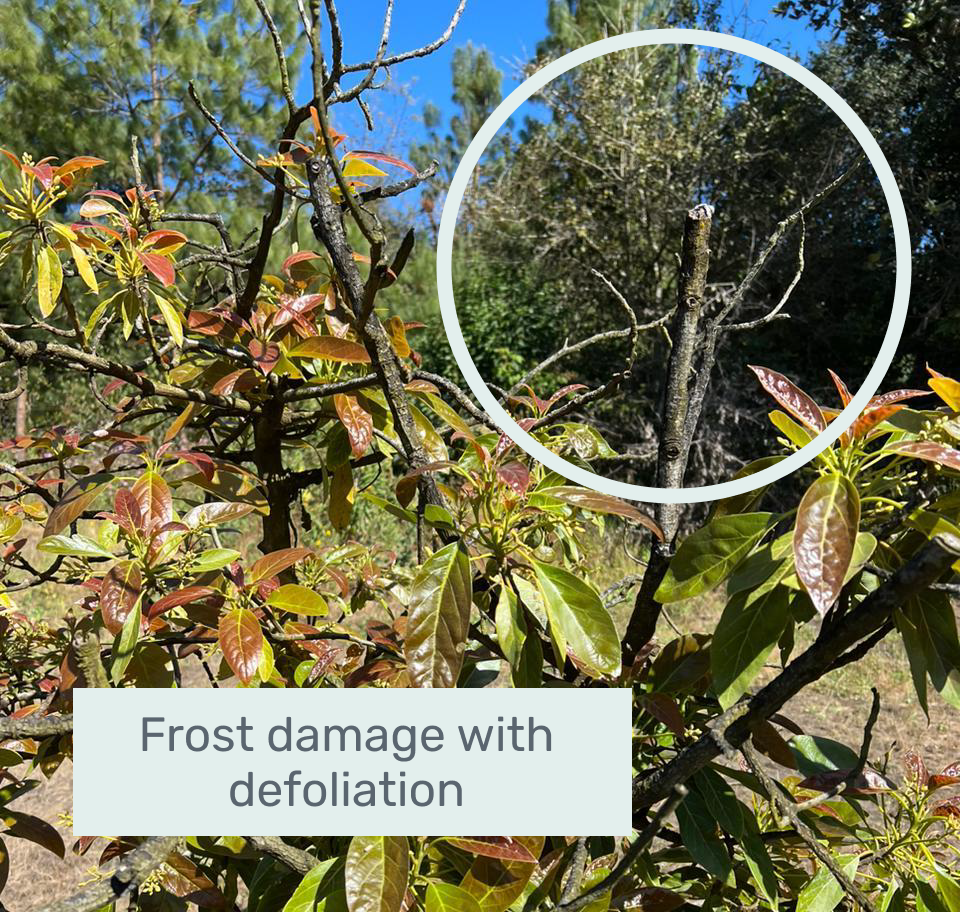
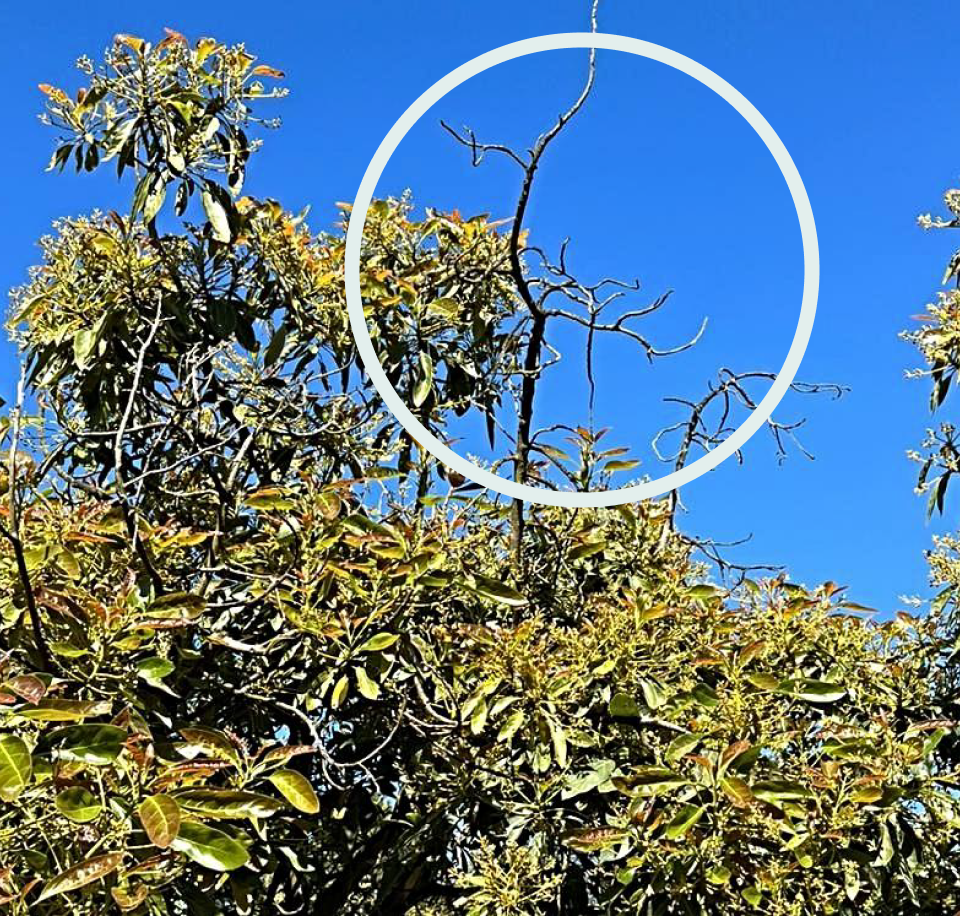
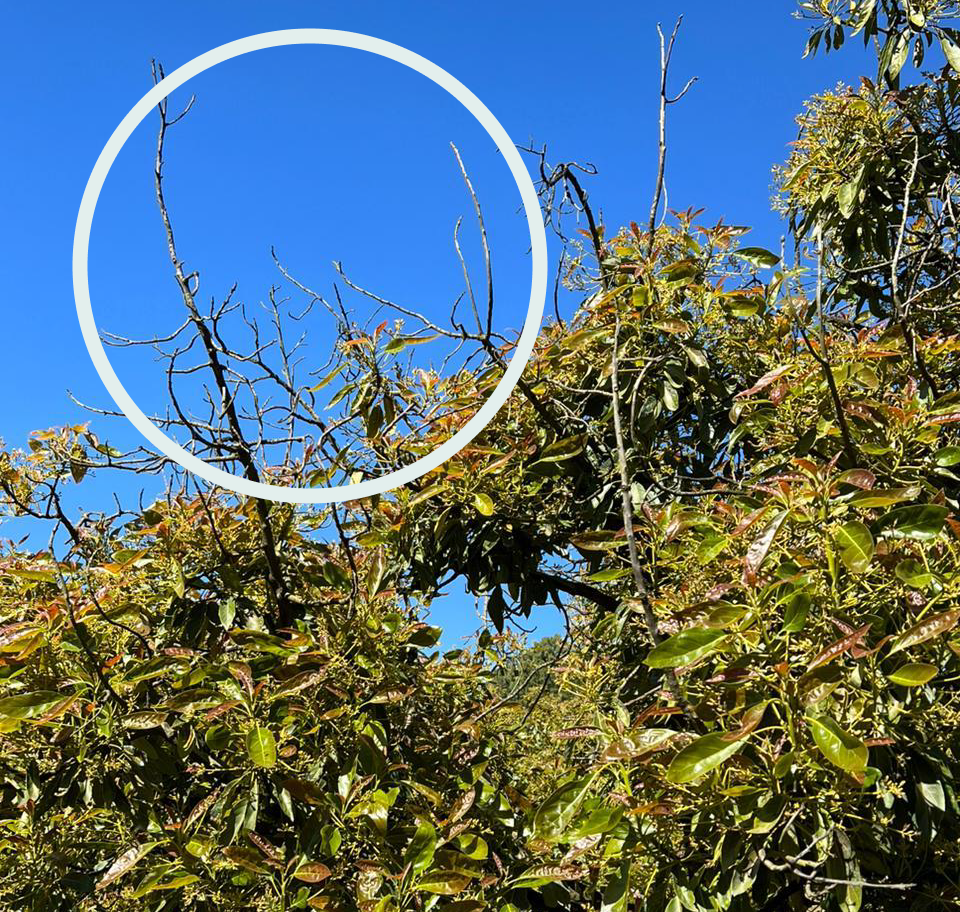
Fifteen days after planting, there was excellent rooting, growth, and the formation of new sprouts.
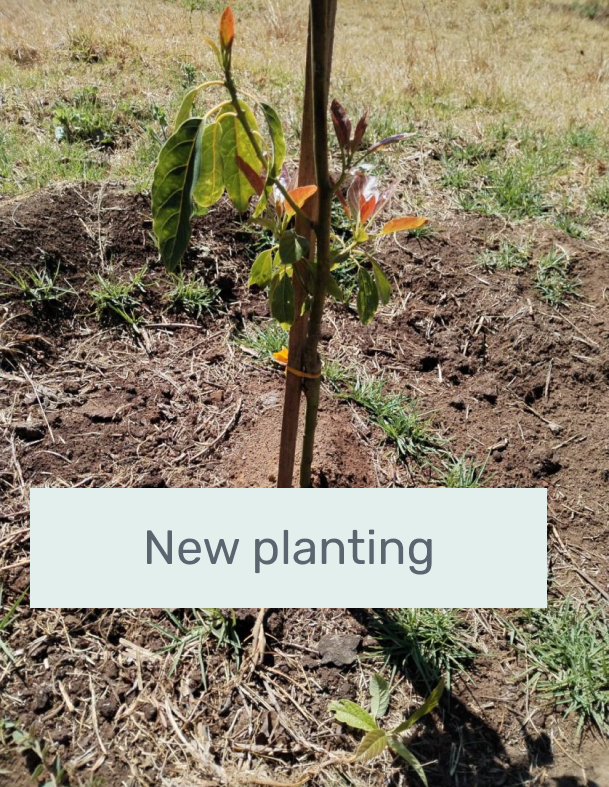
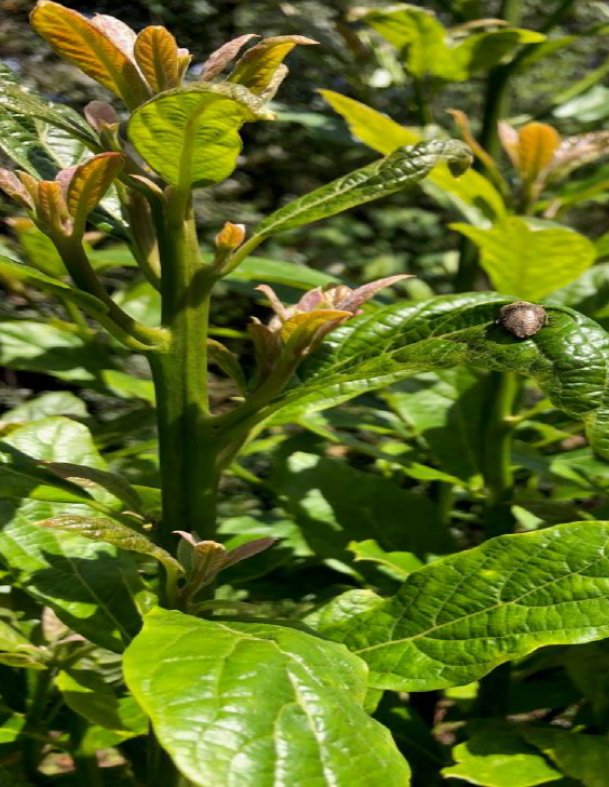
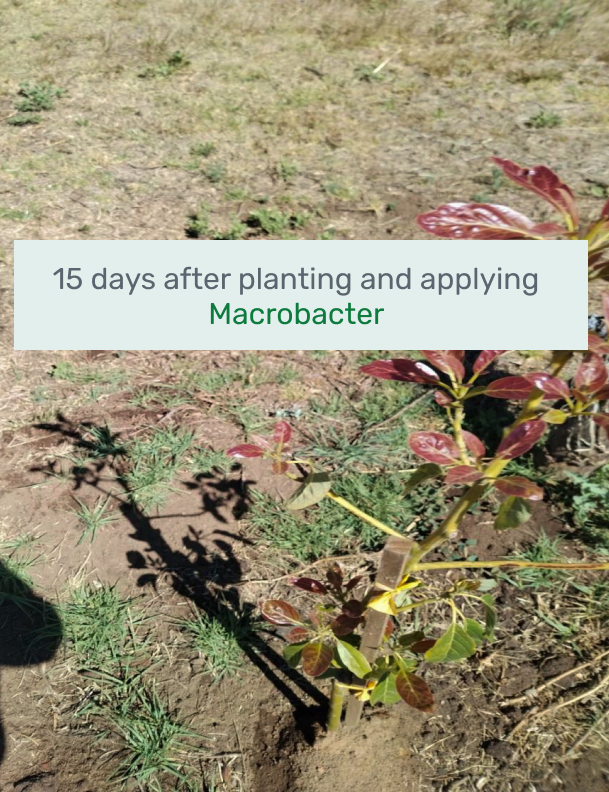
In September 2022, we proceeded with applying MACROBACTER through the irrigation system. Fertilization had been done three months prior. After 22 days, when comparing one orchard to another with the same nutrition, it was observed that the orchard treated with MACROBACTER began to produce new sprouts, more foliage, shinier leaves, early blooming, and larger fruits. The application was continued on the second orchard, where a noticeable change was seen in the trees, from yellowish to lusher and more vigorous.
Following this, pruning and renewal of stems were carried out. In 2023, no fertilization was done; however, the trees did not show signs of nutrient deficiency. On the contrary, they continued to grow well, with good foliage and a strong level of production.
I conclude that both major and minor elements, whether from organic or conventional fertilizers, perform better when applied with MACROBACTER.
Mrs. Yesenia Huendo, Owner.
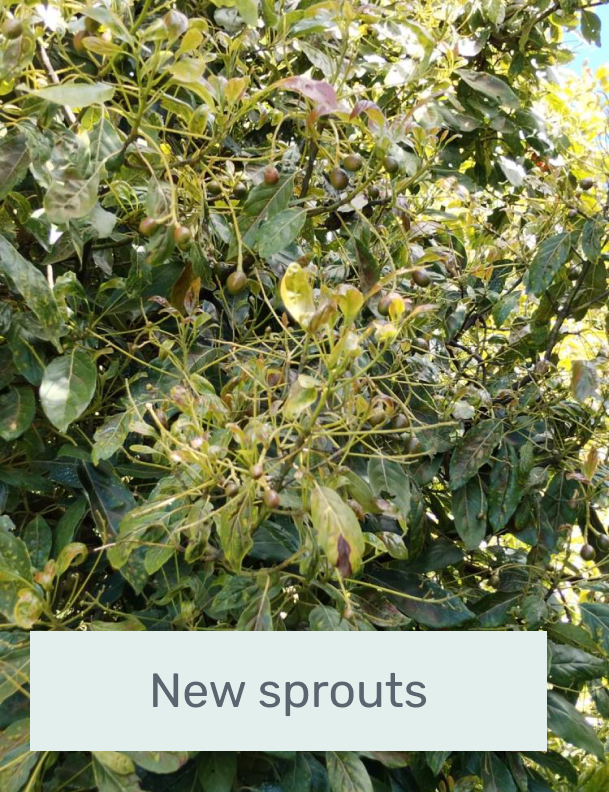
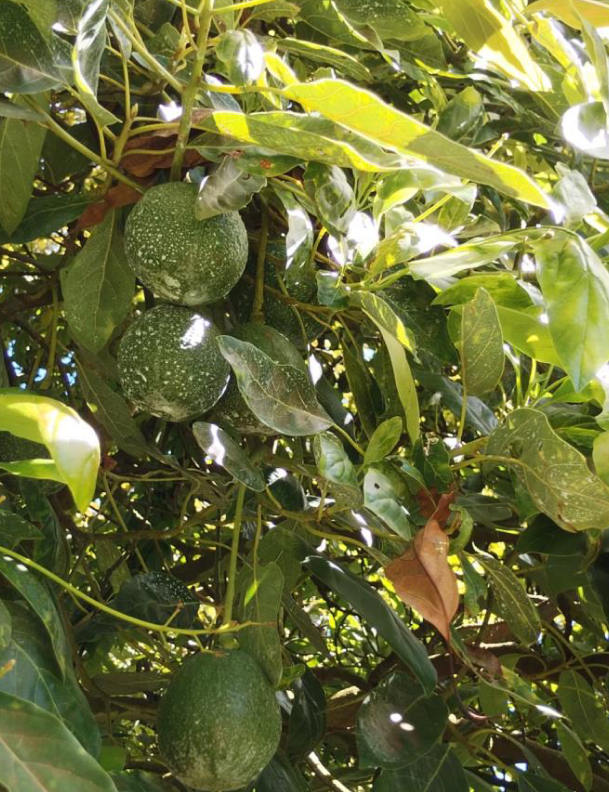
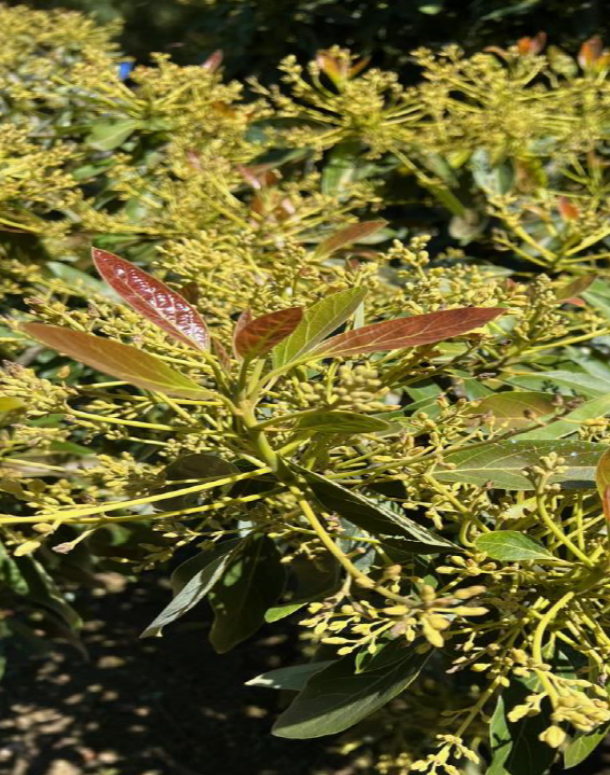

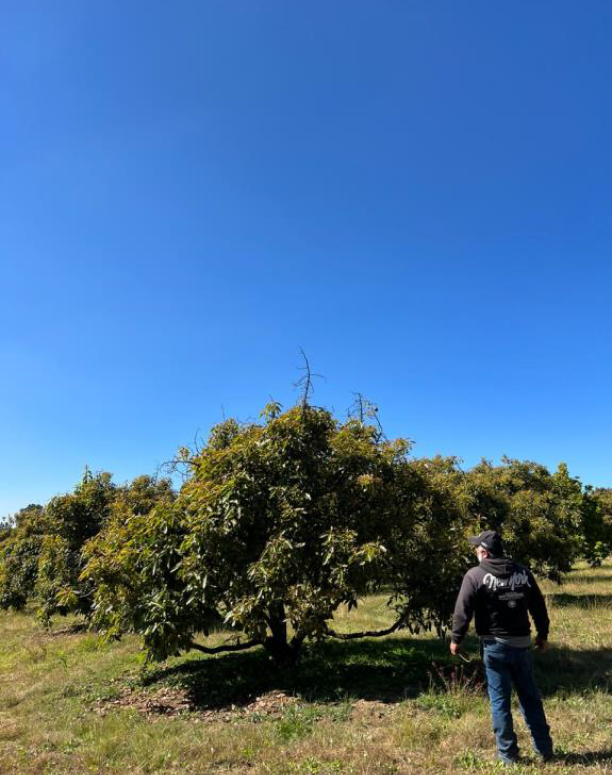
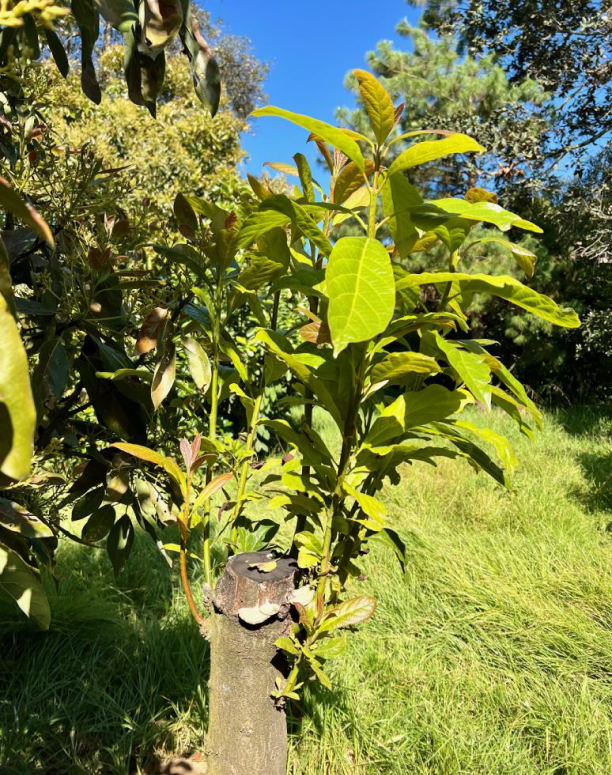
Orchard B. Soil Improvement for Increasing Organic Matter, Promoting Better Rooting, and Vegetative Performance for Plantation Establishment.
Orchard Characteristics
- Location: Ciudad Guzmán, Jalisco
- Orchard Age: Newly planted
- Soil Type: Sandy loam
- Organic Matter Percentage: Very low
- Coordinates: N:19.70130, 1,507 M.A.S.L.: W: 103.52292
Problem Identification
- Poor soil with nutrient deficiencies
- Low in organic matter
- Low moisture retention
- Inadequate nutrition
MACROBACTER Challenge
Generate short-term conditions to solubilize and assimilate soil nutrients, while accelerating the decomposition of available organic matter. Enhance the nutritional formula and improve the physical and chemical relationships in the soil for rapid rooting and to stimulate biomass growth.
Monitoring Growth Phenology (Measurements)
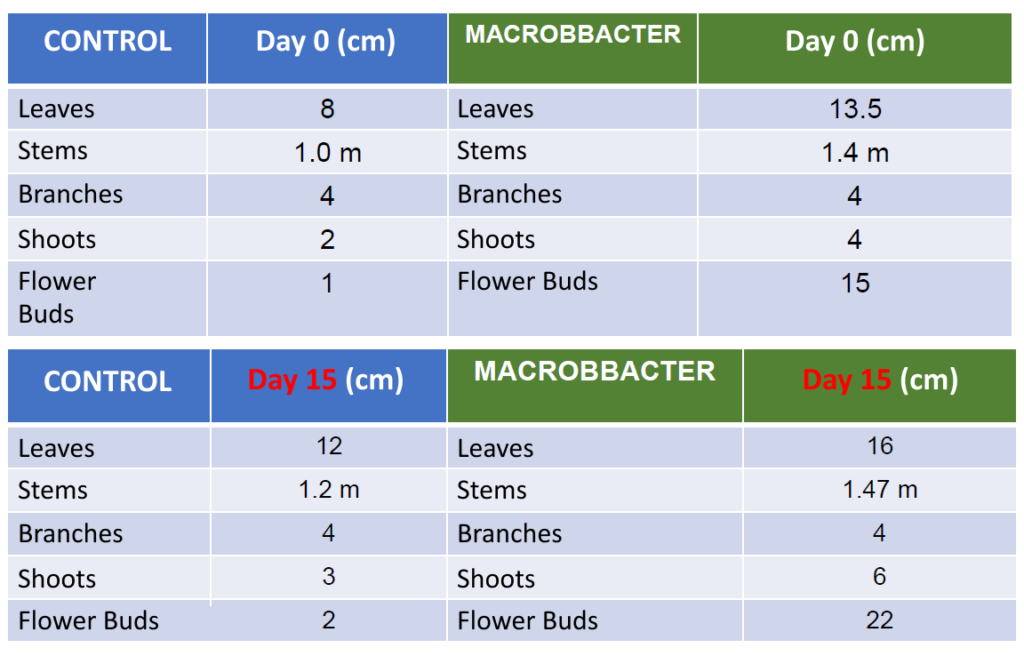
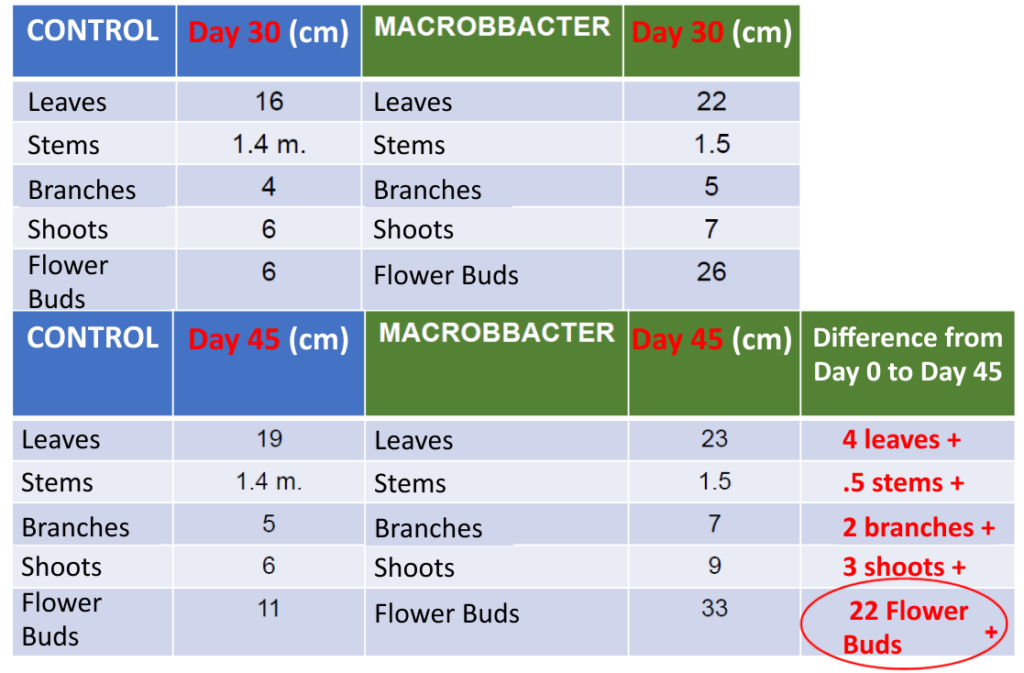
Comparison between Control and Macrobacter
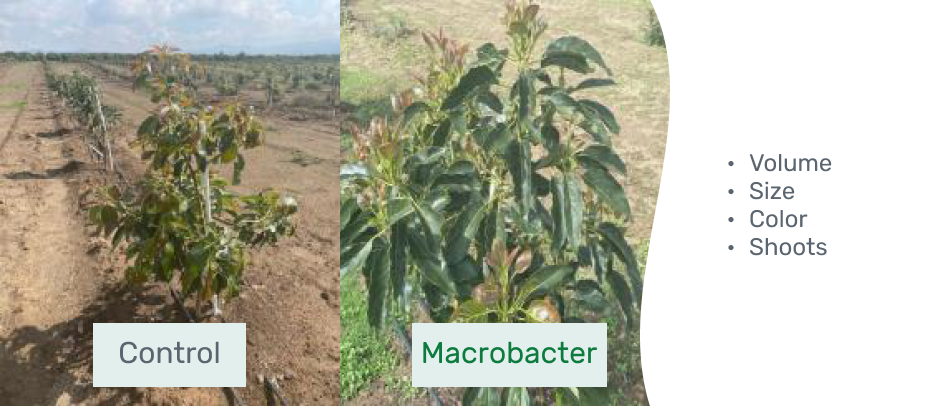
Evidence of the presence of beneficial bacteria in the soil
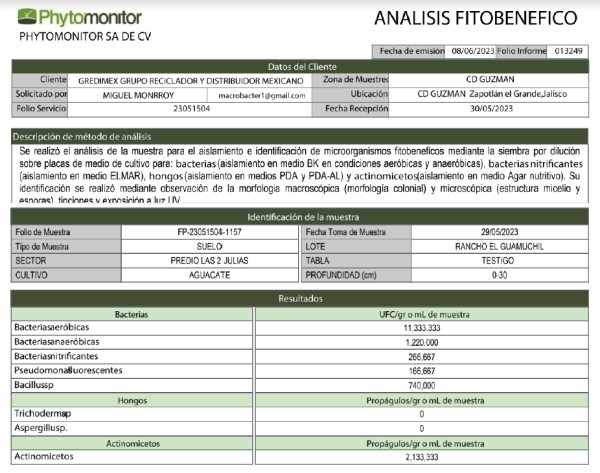
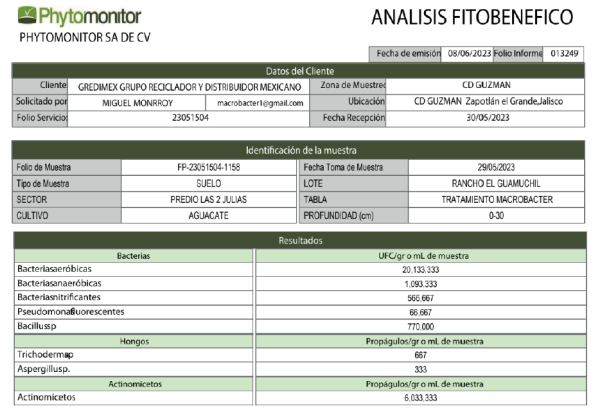
Orchard C. Rescue of avocado orchard with severe frost damage to generate new growth buds
Cultivation
- Orchard age: 12 years.
- Frost damage date: February 15, 2021.
- Treatment area: 100 selected trees.
- Initial procedure: Pruning 8 days after the frost.
- Macrobacter treatment: 2 applications with a 15-day interval.
- Purpose: Encourage the growth of new buds.
- Applied dosage: 20 liters for 100 trees.
MACROBACTER Challenge
Create the chemical, physical, and biological conditions in the soil to promote the rapid assimilation of nutrients, encouraging the production of plant hormones and essential amino acids for the early stimulation of apical meristems. This leads to an increase in mobility within the conductive tissues to support the strengthening and emergence of biomass in the short term.
Evidence of severe frost damage
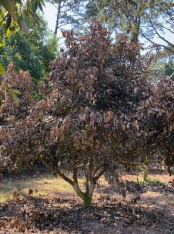
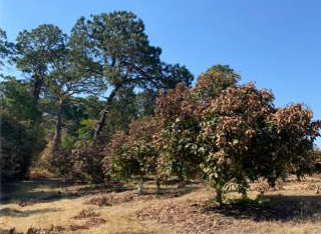
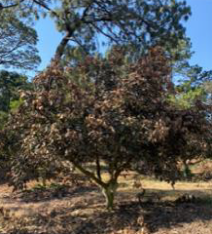
Dosage and Preparation
- 10 liters of Macrobacter + 10 liters of molasses were prepared in 1,000 liters of water and left to rest for 7 days with daily agitation during that period
- After 7 days, those 1,000 liters of product were placed in a 2,000-liter tank, adding an additional 1,000 liters of water.
- Each of the 100 trees selected for the treatment received 20 liters in the tree basin.
- Steps 1, 2, and 3 were repeated 15 days after the first application.
Evidence of the performed pruning
Partial pruning

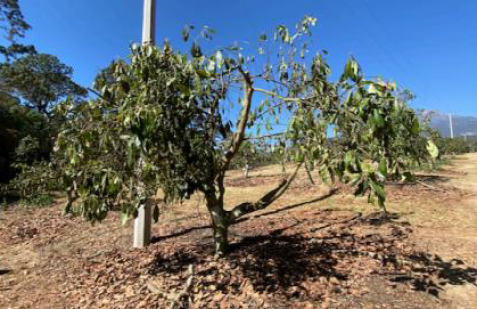
Severe and Total Pruning
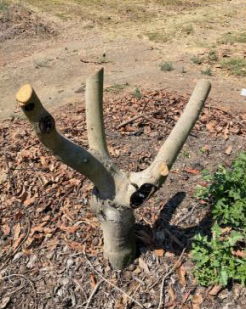
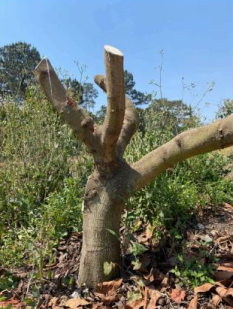
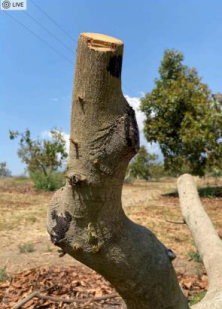
Application Process.

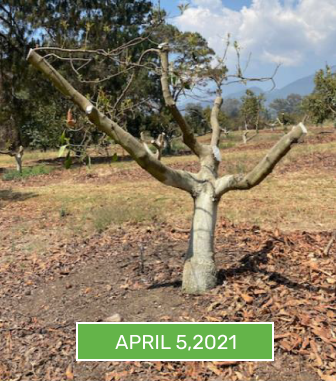
Emergence of new buds just 18 days after the 1st treatment.
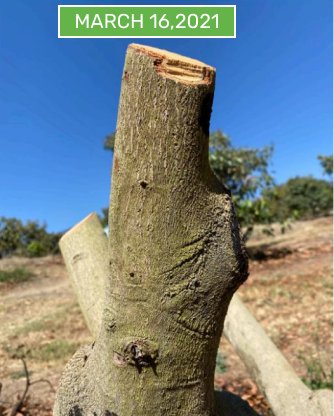
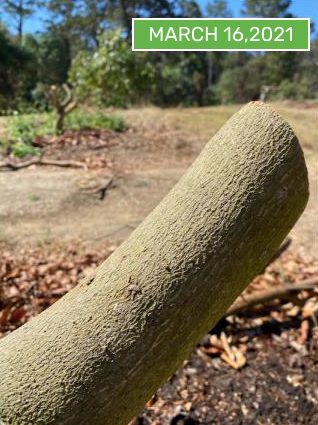
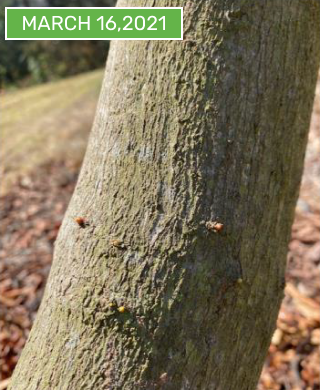
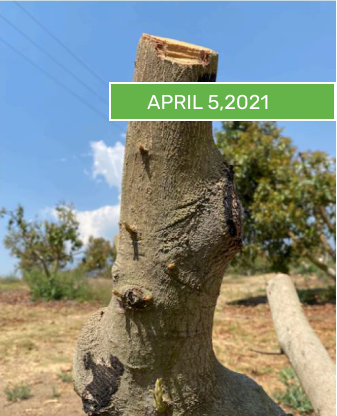
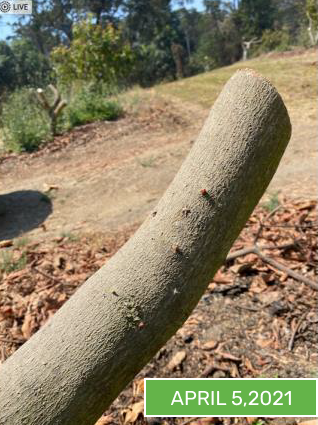
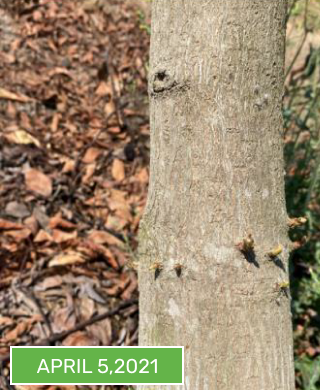
Benefits
The microbial formula of MACROBACTER provides excellent support at different stages of your crops with substantial savings, as it allows you to omit a large number of soil-directed inputs, mainly due to soil unlocking and accelerated soil activation. This directly and favorably impacts various PHYSICAL, CHEMICAL, and BIOLOGICAL processes in the soil.
The main advantages of MACROBACTER application are associated with high performance in protecting and shielding the rhizosphere from soil pathogens, primarily minimizing fungal attacks. The accelerated metabolism of its bacterial complex allows for an optimal SOIL-WATER-AIR relationship, enabling proper aeration and moisture.
This interaction of factors leads to highly stimulated roots, resulting in a non-associative symbiosis, which will increase in volume and quantity, achieving better performance of the vascular tissue in nutrient absorption from the soil and the applied nutritional formula. Similarly, the plant will benefit from the interaction of produced hormones and amino acids, generating biomass with high nutritional performance in stems, branches, leaves, flowers, and fruit set. Finally, a heavier and higher-quality product will be obtained, with excellent oil content and Brix degrees.
Recommendations
Avocado
- Better cost/benefit ratio.
- Healthier soil.
- More productive soil.
- More Tons/Ha.
- Higher fruit quality.
- 40 L/Ha/Year.
- 5 applications of 8 L/Ha.
- During the annual cycle.